With materials influencing every segment of our lives, material research and exploration is a perpetual expedition and an indispensable one when it comes to innovation and evolution in the realm of design. With the two-month hands-on inquisition as the seed, German furniture designer and craftsman Carsten in der Elst cultivated his first solo exhibition, Soft Works, an ensemble of furniture designs created using industrial byproducts. Exhibited at the Copenhagen-based Tableau showroom from May 12 to July 3, 2022, the collection let the viewers embark on a journey that stimulated their senses through the soft tactility of materials like cork, silicone and rubber. “Since I’m not specialised in any material, I like to explore different ones in each project,” says Carsten in der Elst. “I planned to provide my service to Tableau as a material investigator,” he adds.
Reviving ‘soft’ materials that would otherwise be tossed aside, the exhibition came to life in a living room context showcasing an intriguing juxtaposition of natural and synthetic, permanent and transient as well as virgin and reclaimed elements. The strong emphasis laid on the process of making and the craftsmanship exuded from Carsten’s pieces for the exhibition. Through Soft Works, the Cologne-based designer questions preconceived notions of contact, constancy, and comfort. “The overall simplicity of the concept is something I truly enjoy. It is accessible and tangible,” shares Carsten. “However, by closer inspection, a quite complex relationship between the objects can be revealed,” he points out.
Conceived as an initiated goal of widening Tableau’s index of industrial materials when setting the work process in motion and fuelled by awareness and scrutiny, Carsten’s collection took the form of an experiment of a rather odd material selection with an intention to stimulate the senses. While crafting the pieces, the designer detoured from the traditional upholstery processes and paid increased attention to soft matter. By exploring a variety of techniques and expressions within the production, the designs called attention to the materiality they possessed. “Softness in furniture design is usually linked to comfort and contact. Traditional upholstery techniques serve those aspects and I aimed to approach these themes from another perspective though,” says Carsten.
Among the designs that were displayed at Tableau, was the compelling Aluskin Sofa, which has soft seats made from polyurethane enveloped by an aluminium frame. Foam Seat, a large armchair on wheels also utilises polyurethane foam, an industrial byproduct from a mattress factory. To achieve an immaculate, shiny surface, the spongy chair was dressed in a polyurethane coating. The Wax Lights were a composition of steel and moulded paraffine wax cover, whereas the Accession Chair brings together steel and natural latex tubes. The intricate formation of the Silicone Dome involved a surface covered with innumerable silicone dots, revealing the stool’s grainy texture.
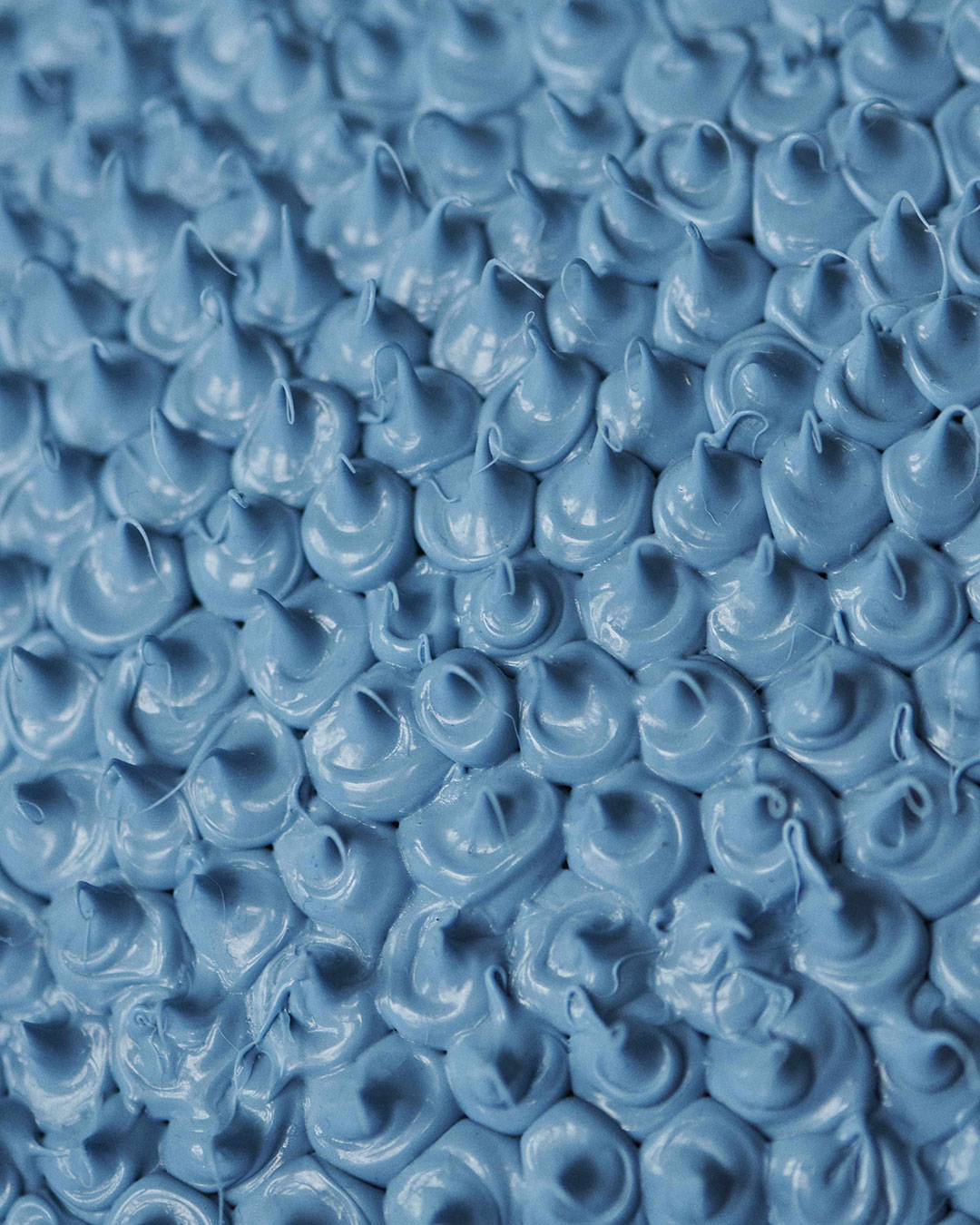
Talking about accomplishing his target of engaging with the viewer’s senses triggered by his designs, Carsten in der Elst mentions that he observed guests squeezing, stroking and even smelling one object after the other. The conspicuous differences in the collection of materials and their respective processes were counterbalanced by the matchable marks of production that interlinked the objects. As a result, silicon seams become steel welds, broken cork edges morph into rubber granulate silhouettes and bulky foam masses transmute into collapsing wax blocks. All of these components amalgamated into one harmonious entity when experiencing the full exhibition of Soft Works.






 Sign in with email
Sign in with email


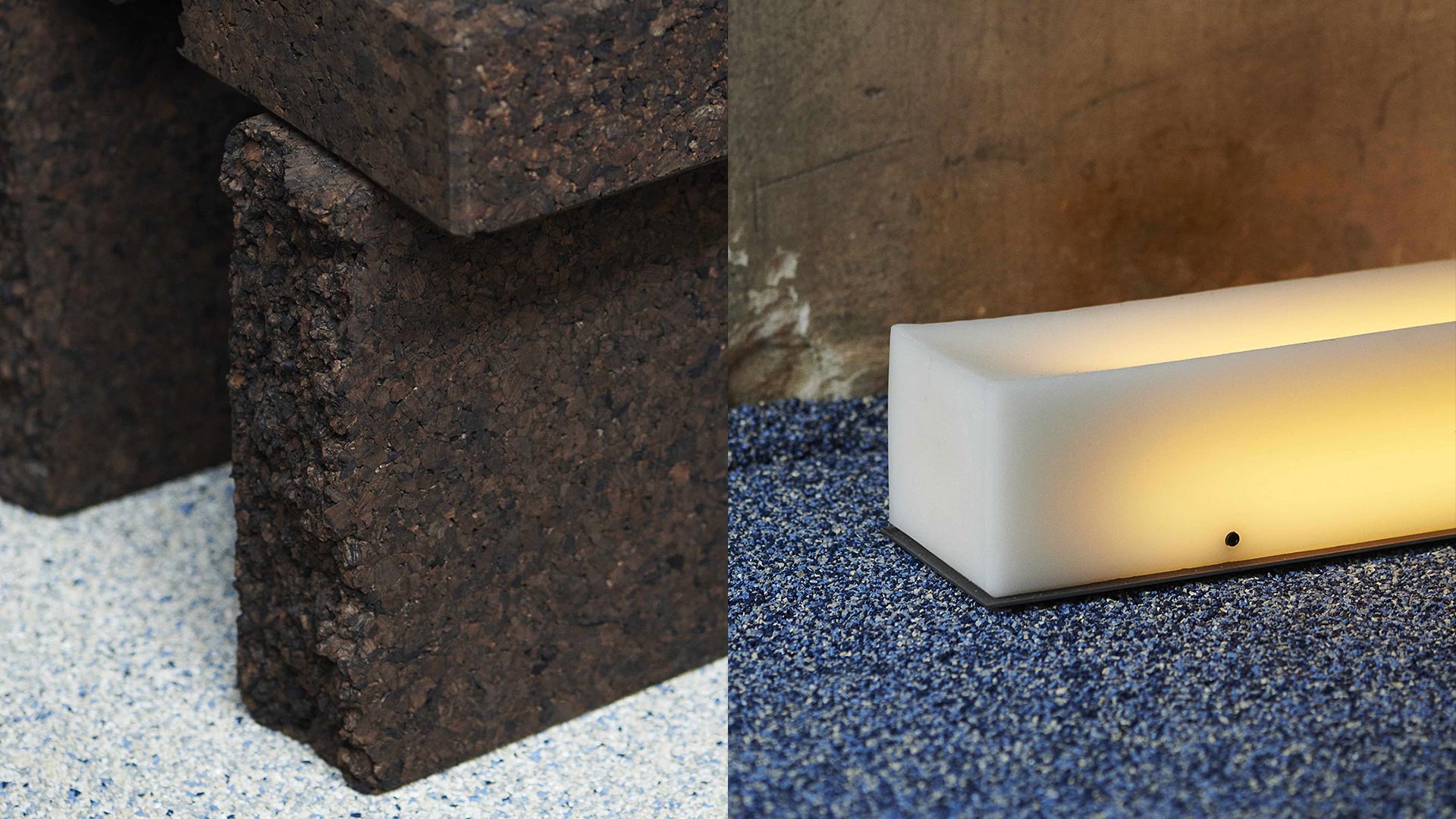
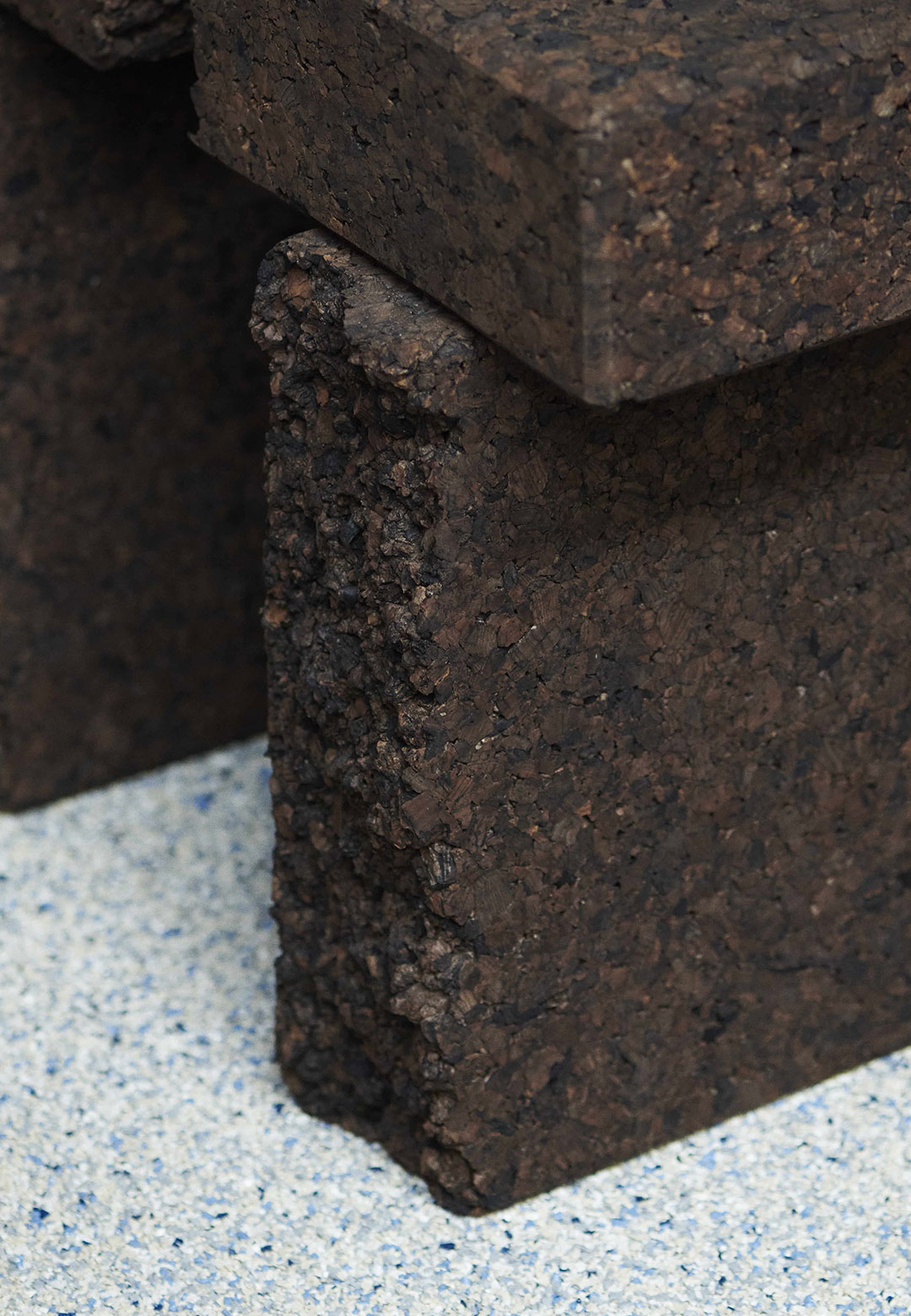
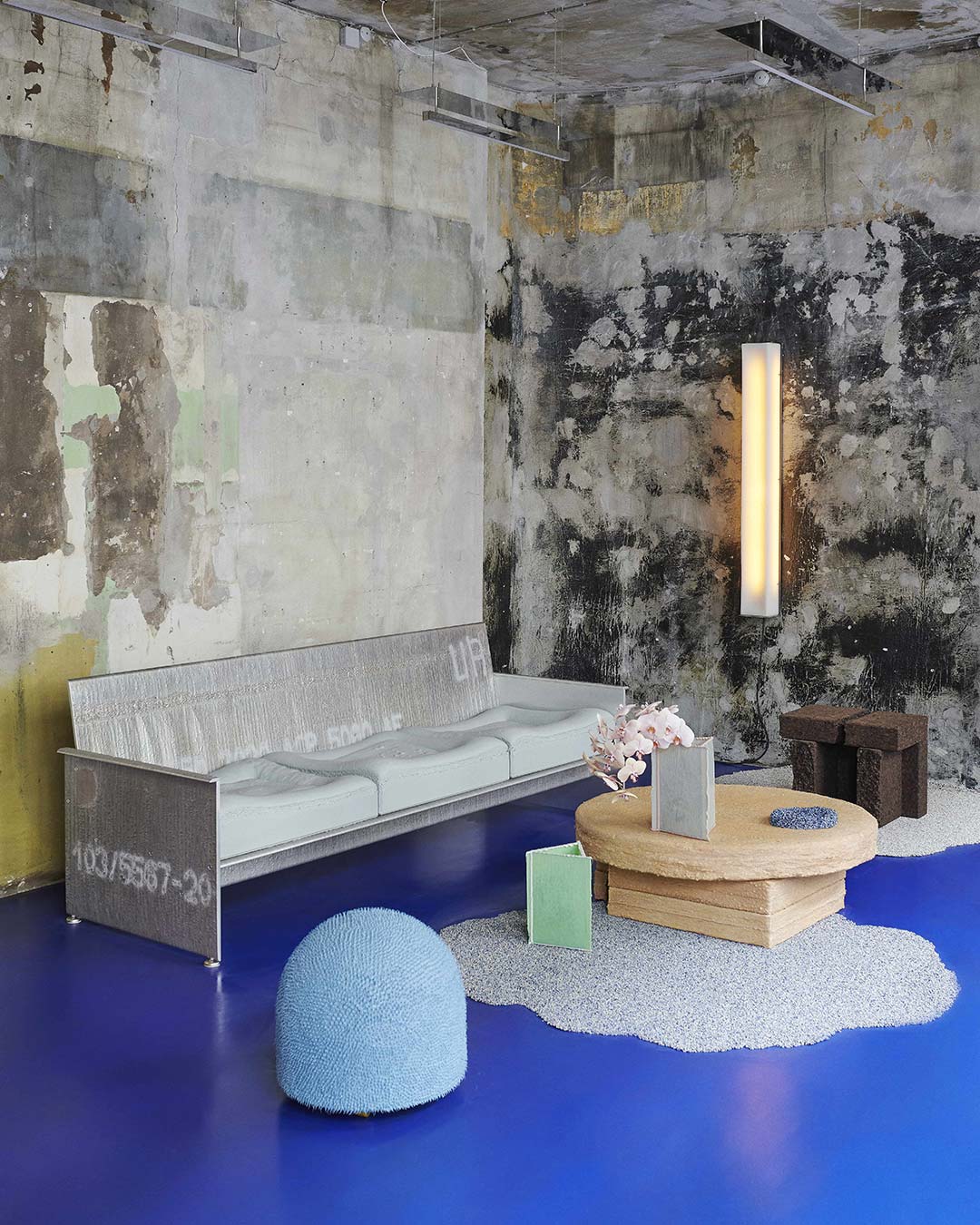
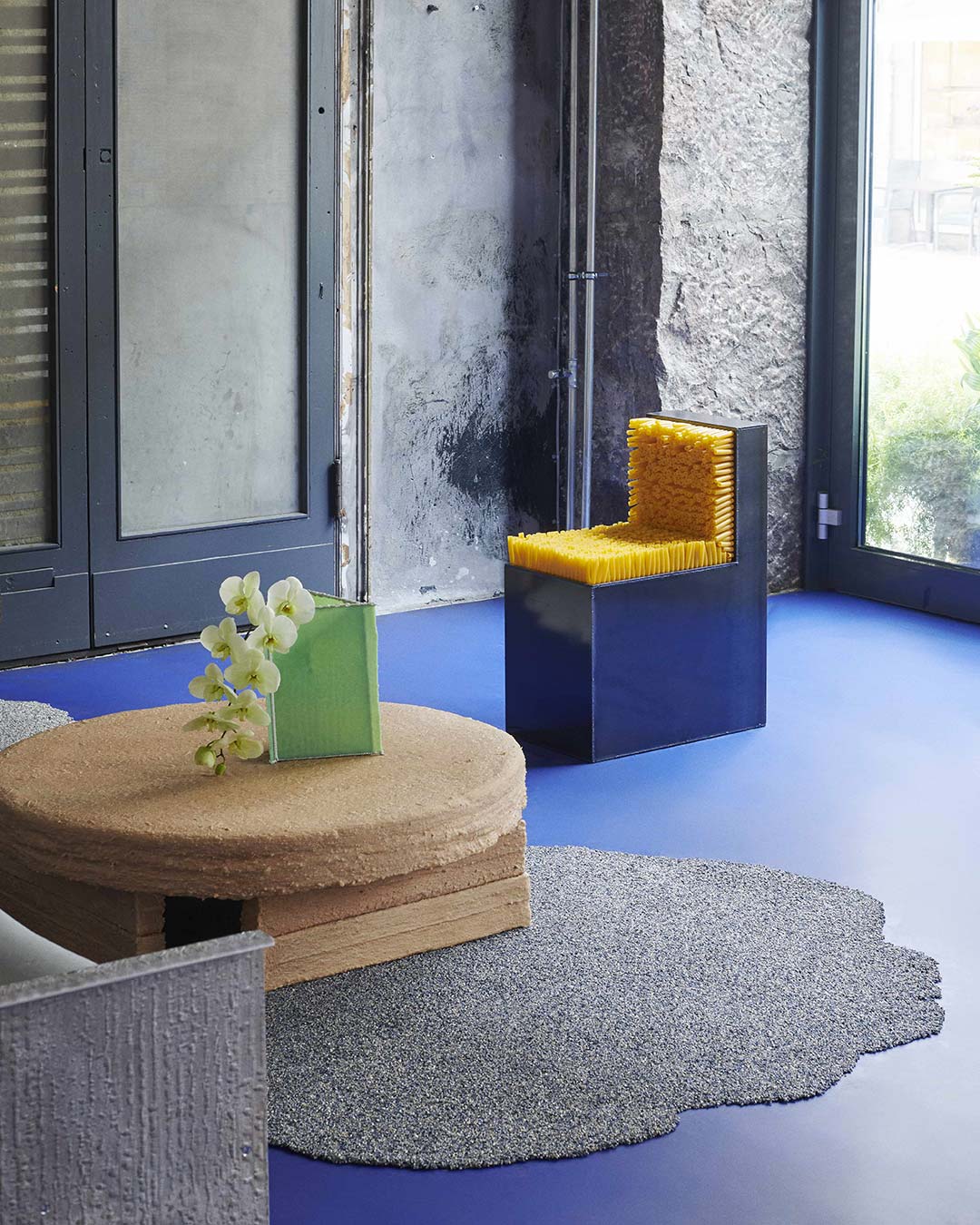
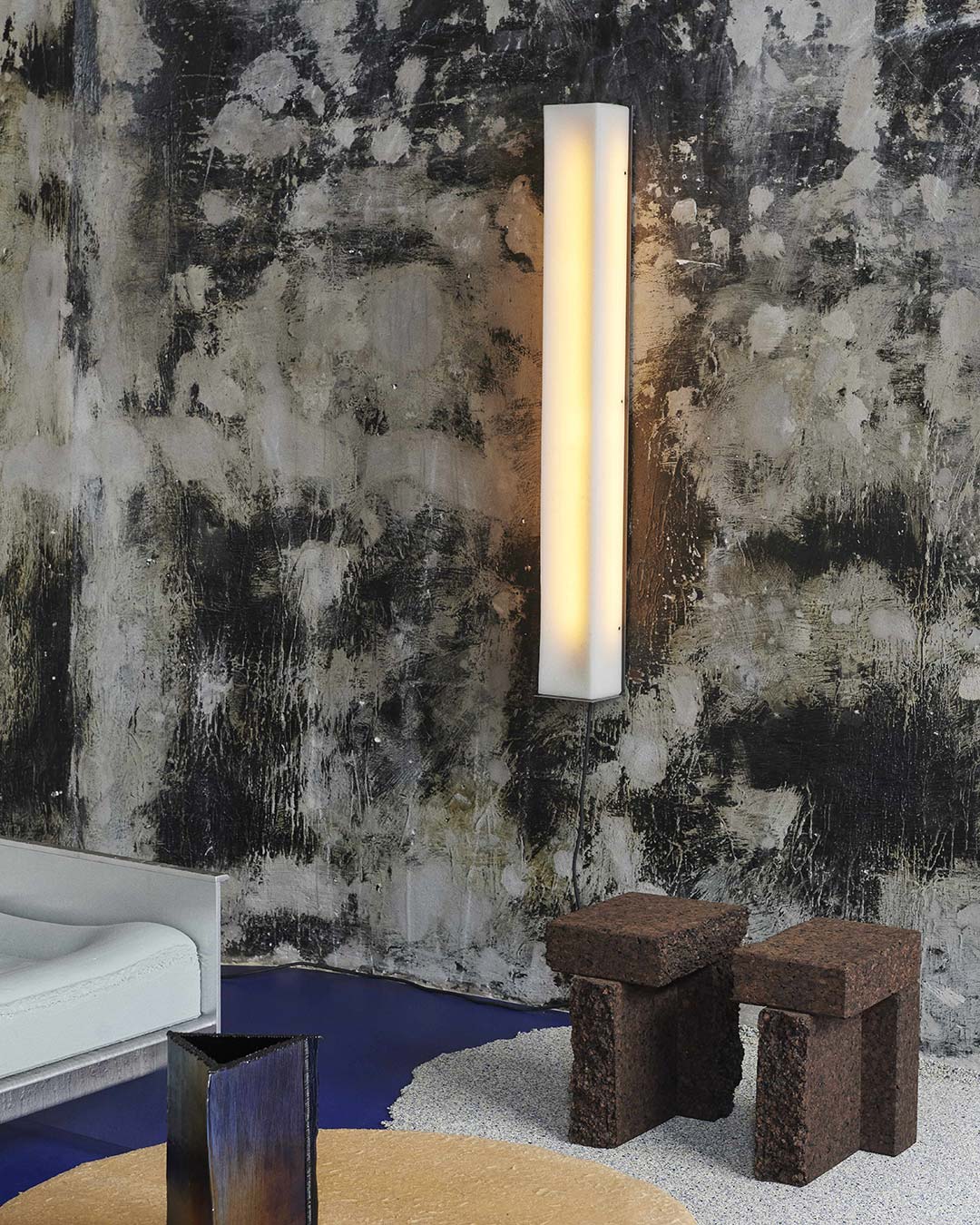
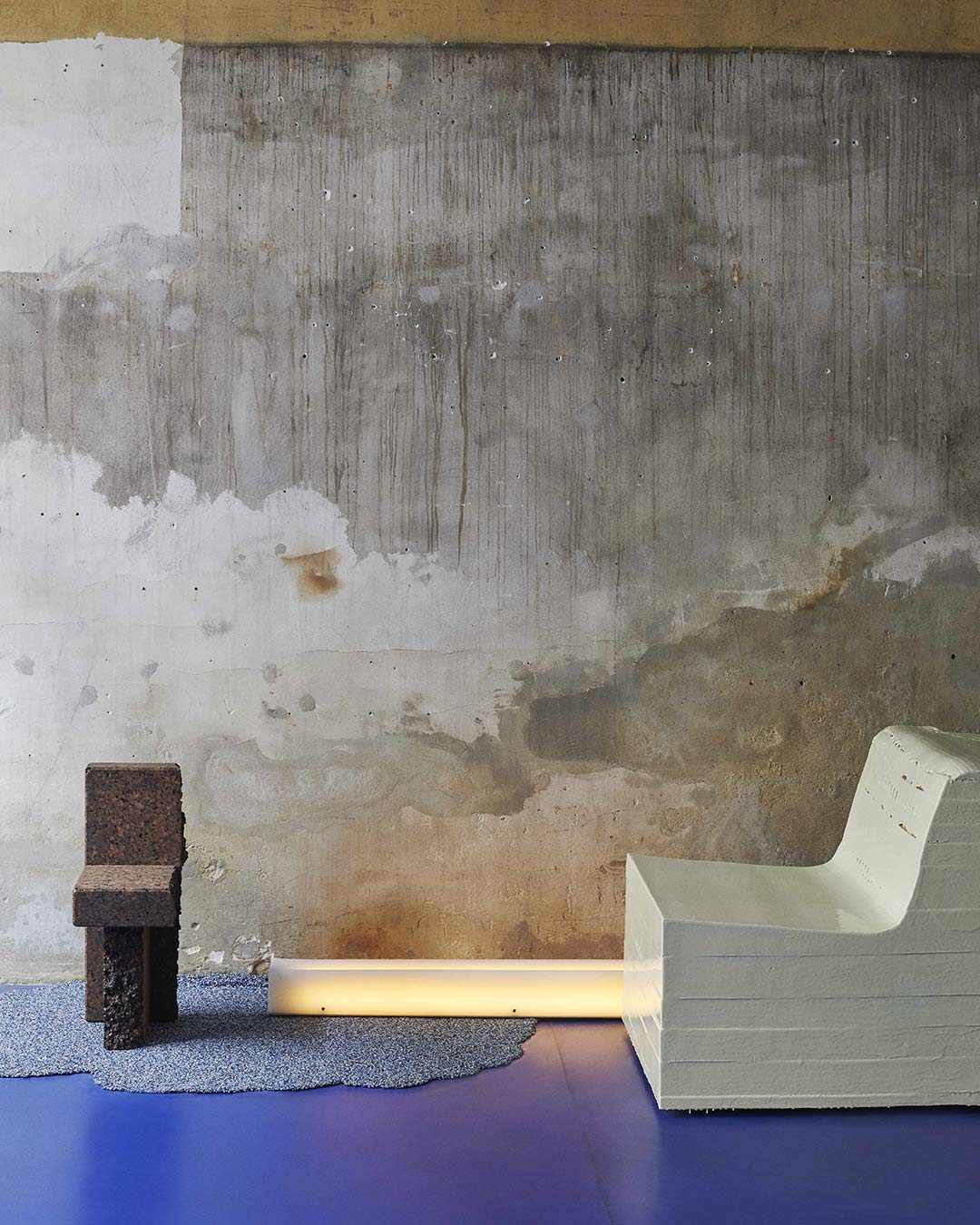
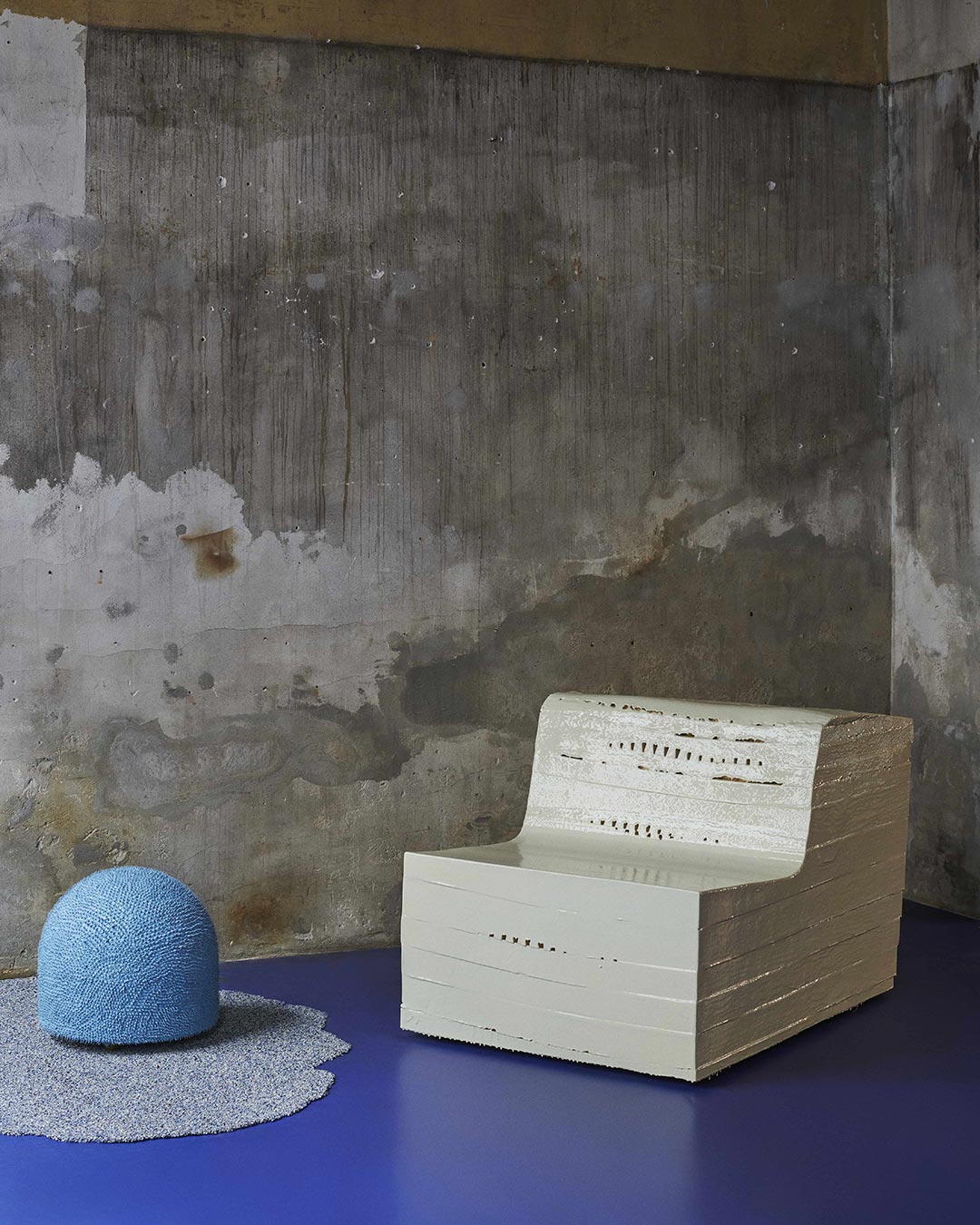
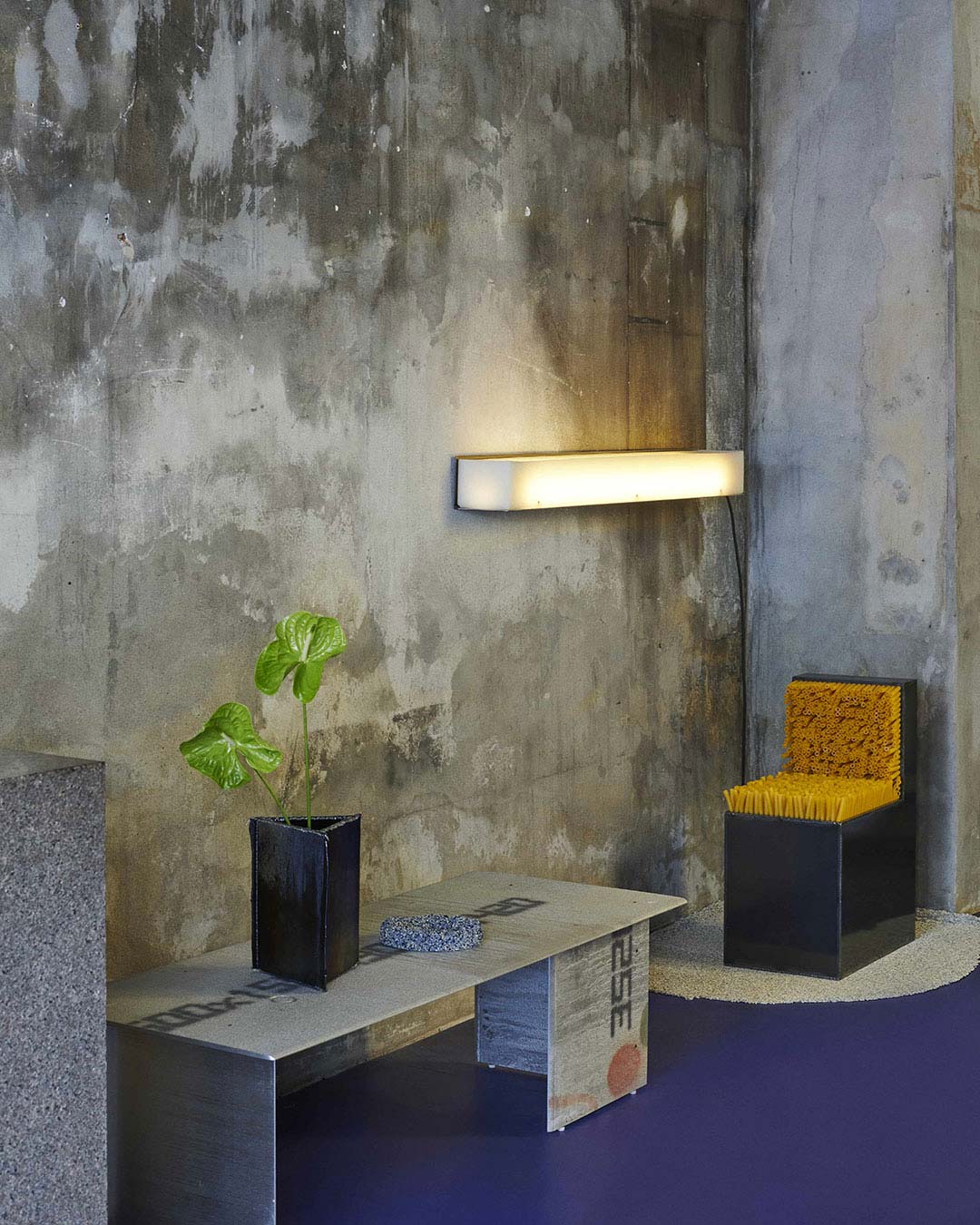
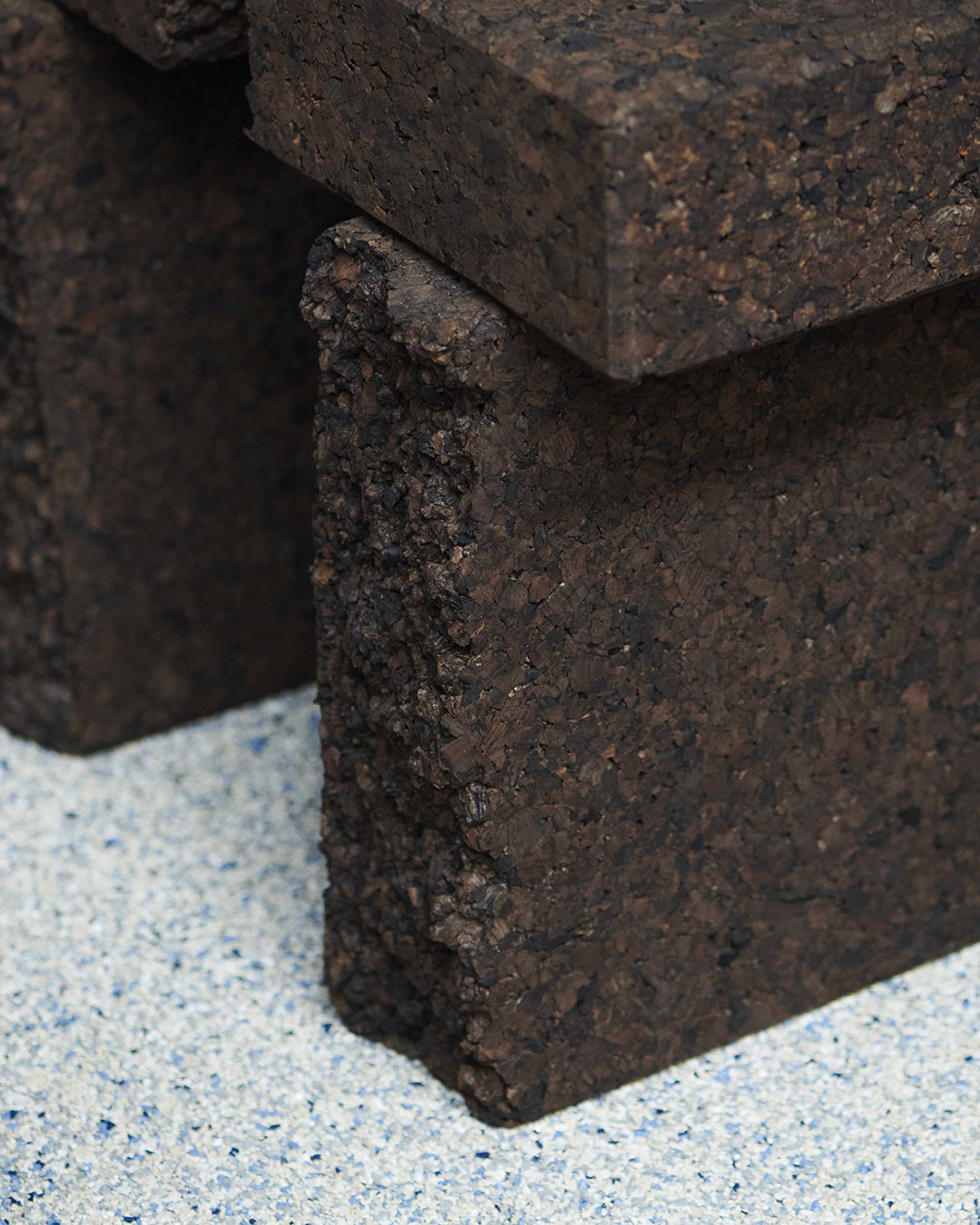






What do you think?